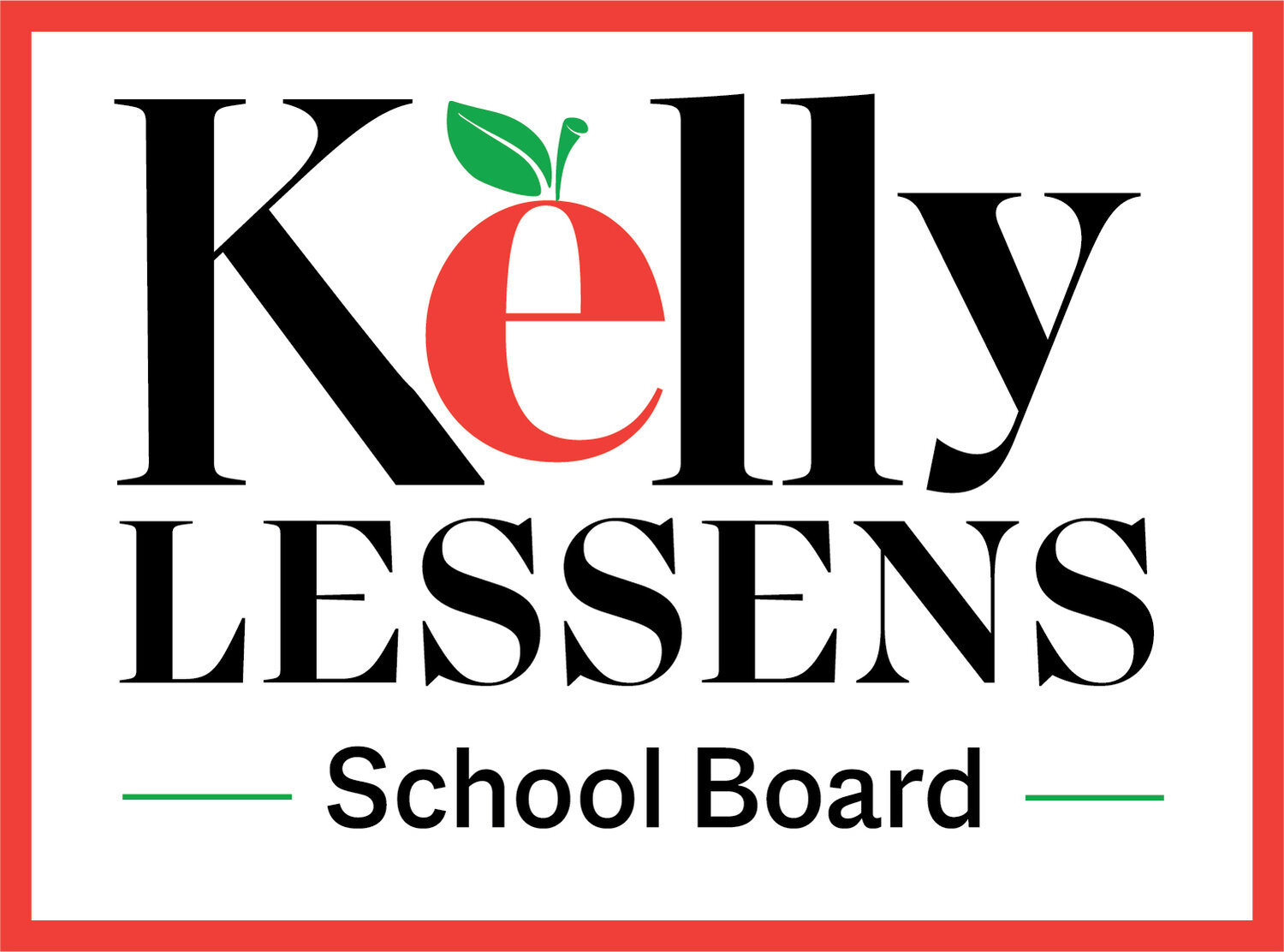
OVER THE NEXT THREE YEARS, I WILL PRIORITIZE
Student wellbeing, learning, and life-readiness
Retaining, attracting, and training highly effective teachers
Engagement with parents and families
Oversight and financial stewardship
STUDENT WELLBEING, LEARNING, AND LIFE-READINESS
Every student in our diverse district deserves to graduate with the skills and knowledge that will allow them to navigate adulthood, seek employment, participate in civic life, pursue their dreams, and support a family if they so choose. How the district supports them governs students’ day-to-day realities and can shape their long-term outcomes.
I support:
Decreasing class sizes so that teachers are more able to focus on students’ progress;
Improving student reading and math proficiency as well as their career, college and life readiness by providing accountability and oversight;
Supporting students that have fallen behind because of the pandemic through the strategic use of Federal relief funds through their expiration in 2024;
Expanding pre-K opportunities and finding new ways to support Anchorage-area families in the crucial “Birth-Age 5” chapter of life, when children’s neural networks are formed and school readiness begins;
Establishing evidence-based school start times;
Ensuring that all students have access to social-emotional learning opportunities and adequate mental health supports;
Prioritizing the resources necessary for all students to access breakfast, if needed, as well as evidence-based time for recess, lunch, and physical education;
Adopting curricular materials that are up-to-date, evidence-based, accessible, and support student engagement;
Increasing the representation of underserved students in honors, AP, and highly gifted programs;
Growing mentorship opportunities and strengthening early career pathways across our district;
Continuing to support our charter, alternative and open-optional programs, but improving transportation to those sites to increase families’ access to ASD’s options;
Increasing the number of teachers of color across ASD.
RETAINING, ATTRACTING, AND TRAINING HIGHLY EFFECTIVE TEACHERS
The District’s partnerships with its principals, teachers, and support staff are fundamental to student success. On the heels of pandemic-related challenges and amidst a national teacher shortage, it will be more important than ever for Anchorage School Board members to support the district’s educators and support staff.
In this role, I will work to:
Ensure that educators’ salaries, work conditions, access to health care, and retirement needs are met and that teachers have adequate time to prepare, engage in ongoing professional development, and to collaborate;
Promote mentorship and “grow your own” opportunities for paraprofessionals to join the ranks of certificated teachers;
Advocate for our Legislature to improve the pipeline of highly trained educators within the state of Alaska.
ENGAGING WITH PARENTS AND FAMILIES
Students whose parents and families are involved in their education are more likely to have higher grades and test scores, attend school regularly, have better social skills, show improved behavior, and adapt well to school. To that end, I continue to believe that ASD can do more to strengthen family partnerships by:
Improving the ways the district solicits feedback from parent and family stakeholders;
Creating a “parent and family” advisory committee;
Ensuring that all families feel comfortable communicating with their schools, regardless of background, language, or socioeconomic circumstance.
OVERSIGHT AND FISCAL STEWARDSHIP
The seven-member Anchorage School Board crafts policies for its schools and students, appoints and empowers the superintendent to manage the district, serves as a board of personnel appeals, and supervises the district’s fiscal affairs.
This means that, in addition to setting and being publicly accountable for the district’s academic goals, the Anchorage School Board oversees a budget that supports two billion dollars of physical assets, roughly six thousand employees, and more than 43,000 students. The Board is also responsible for approving a balanced budget and a six-year Capital Improvement Plan each year, preparing biennial bond packages, and approving large contracts.
These responsibilities require thoughtful and measured decision-making and an acute awareness of ASD’s current and future needs. Over the next three years, I will not only carry out these basic functions, but will also look to the future by
Working with legislators to update the State’s Foundation Formula, including the District Cost Factor and Base Student Allocation, to accurately reflect the costs of educating students in ASD and address ASD’s looming fiscal cliff (for FY 25);
Preparing for the once-a-decade need to redraw ASD’s school boundary lines (forthcoming in 2022);
Strategically addressing ASD’s multimillion dollar backlog of deferred maintenance needs.





